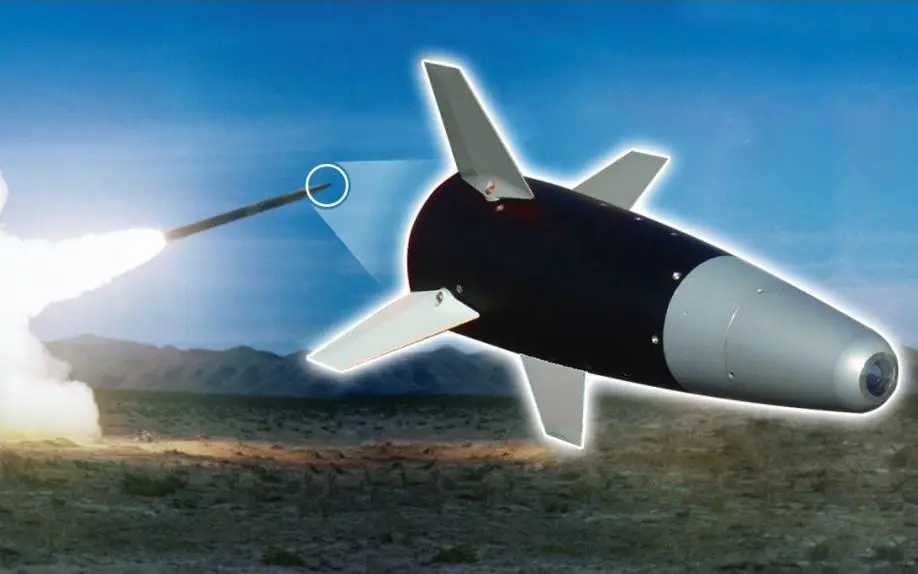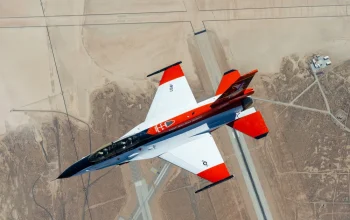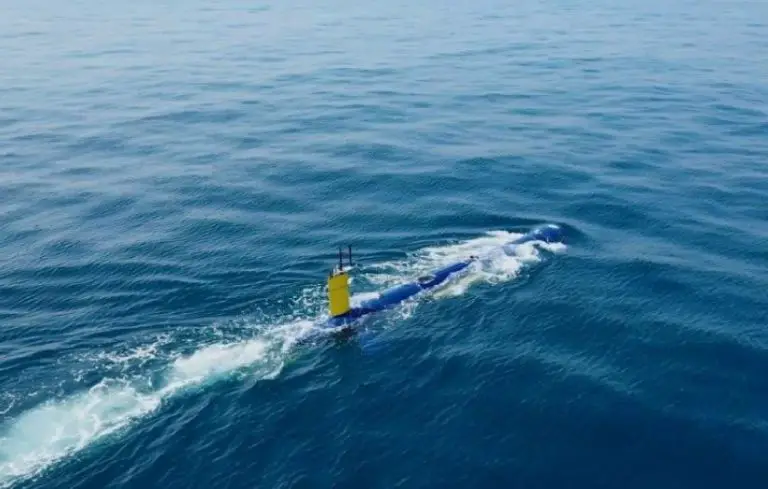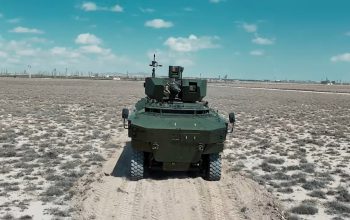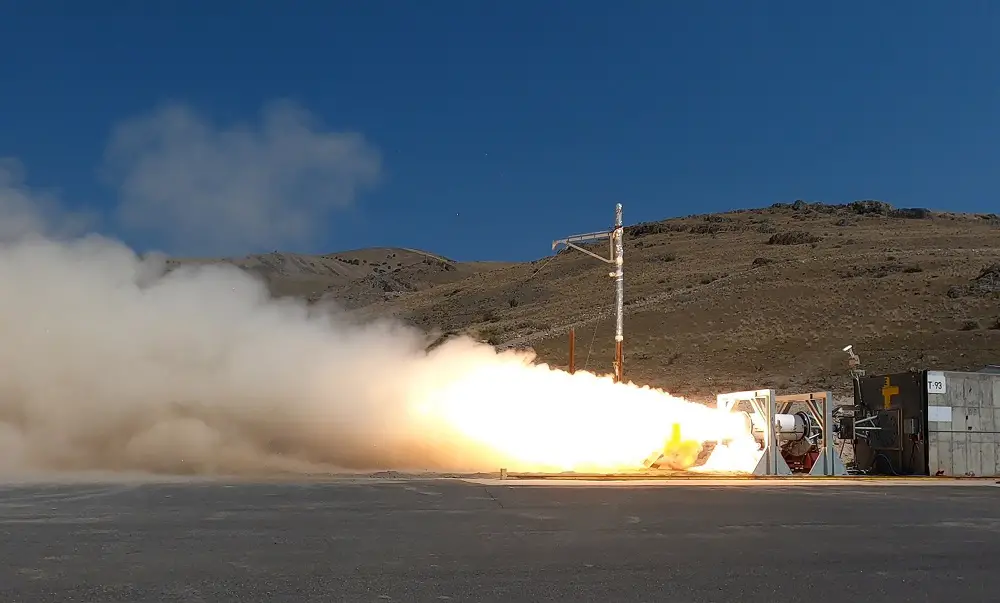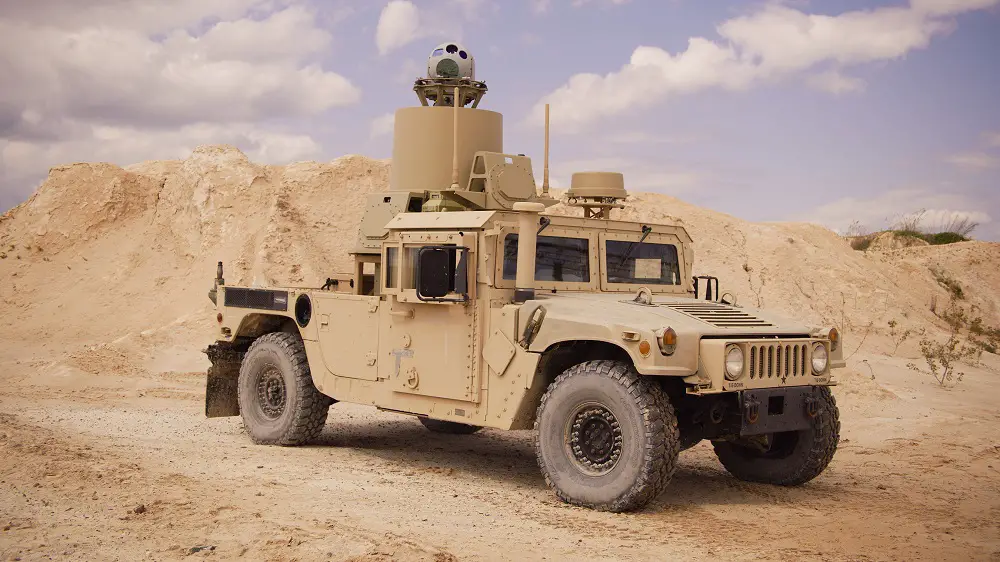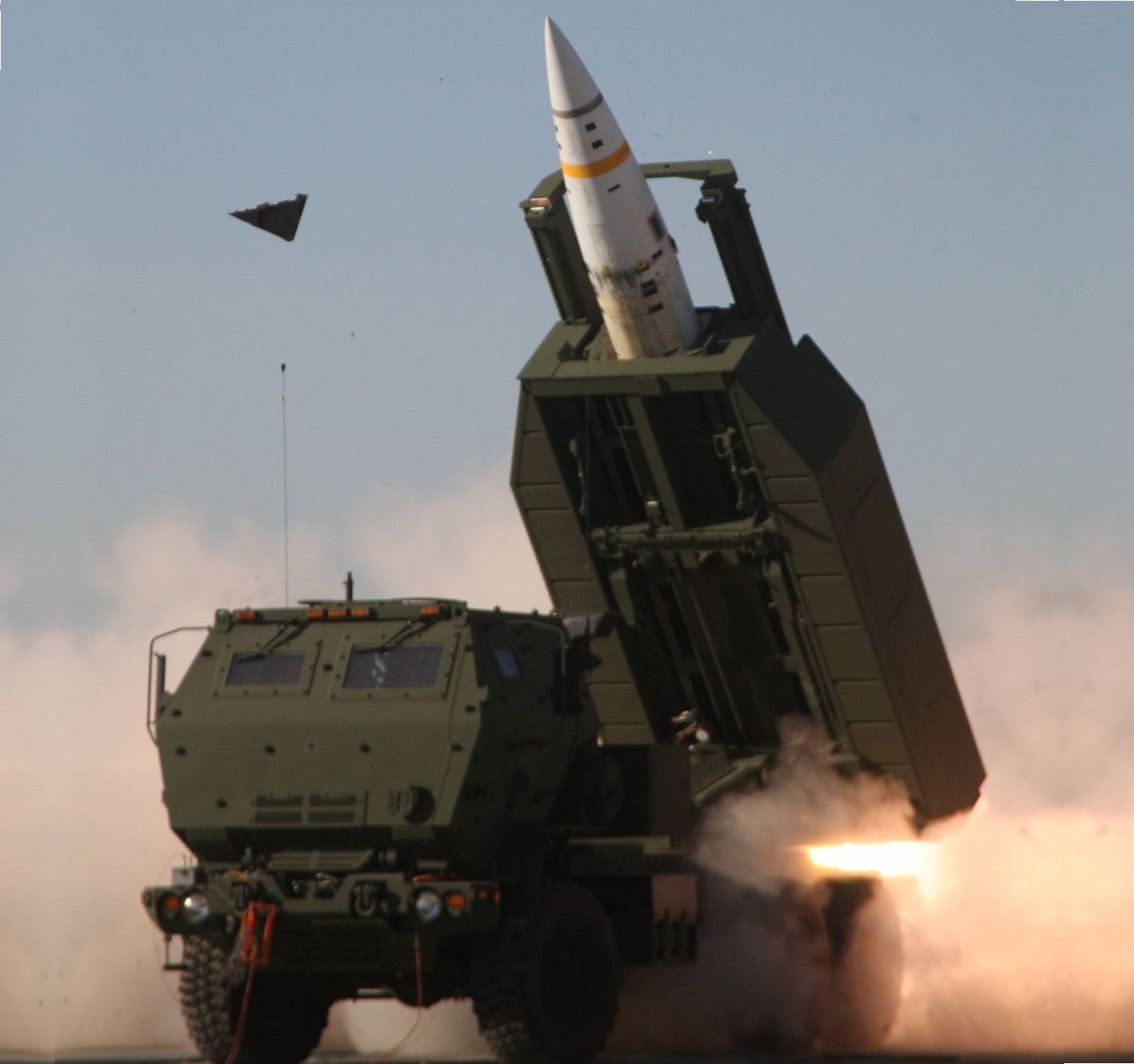Rafael Electro-Optical Precision Integration Kit (EPIK) develops mini-kit, borrowed from fighter jets, to upgrade unguided rockets such as Grads, using Image Adjustment technology as an alternative to GPS, that is prone to enemy jamming. In the video footage of the EPIK test, two rockets were fired at a small structure measuring two square meters, which was 25 kilometers from the launcher. The GPS on the rocket’s head was deliberately neutralized, and the rocket identified the structure using a pre-loaded image in its software and hit the target. In the second experiment, the system’s laser detector was given priority, and it also ended with a precise impact on the target. EPIK was developed as part of a series of tests carried out by Rafael in southern Israel.
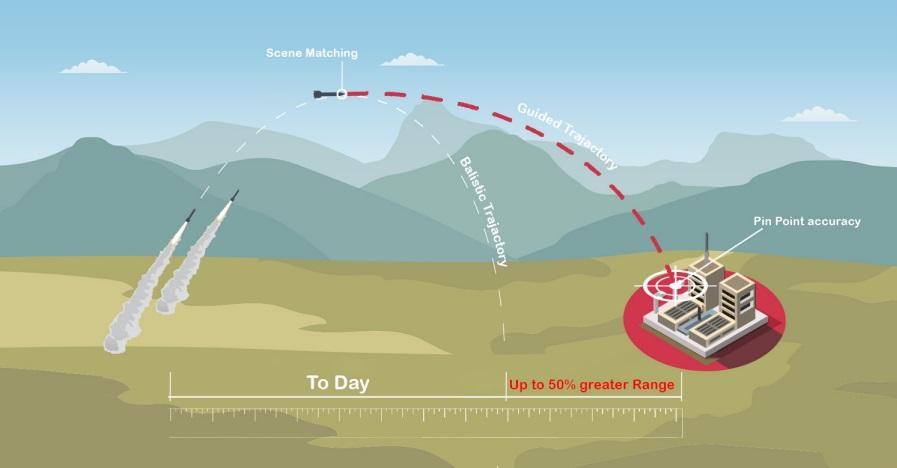
EPIK Kit is an electro-optic (EO) guidance kit that easily attaches to existing un-guided artillery ordnance. Rafael Systems recently completed the development a kit that can be integrated into any missile or rocket warhead to improve the accuracy with a three-meter margin of error from the target at a range of 100km. The system is appropriate for the 122mm, 227 mm, and 160 mm. rockets used by eastern European armies like BM-21 Grad 122 mm rocket, as it can lower costs. This standardized rocket artillery caliber remains immensely popular with different types of rounds with various warheads and range capabilities still in production in more than dozen countries. The rockets have proven to be such a durable weapon system that Israel employs its own variants.

Currently, the system is “fire and forget,” but the company plans to upgrading it to include remote control capabilities. In developing the new system, Rafael intergated existing technology used by fighter aircraft which allowed for homing in on the target using photo identification. A photo of a specific element of the target is pre-uploaded to the warhead’s hard drive. When the rocket or missile approaches the target, it takes a photograph and visually scans the area for positive identification of the target before homing in on it. While anti-tank missiles using electro-optics travel at a speed of 180 meters per second, the rockets outfitted with the EPIK kit travel at speeds approaching mach 2, so that targets can be destroyed within less than two minutes from launch.
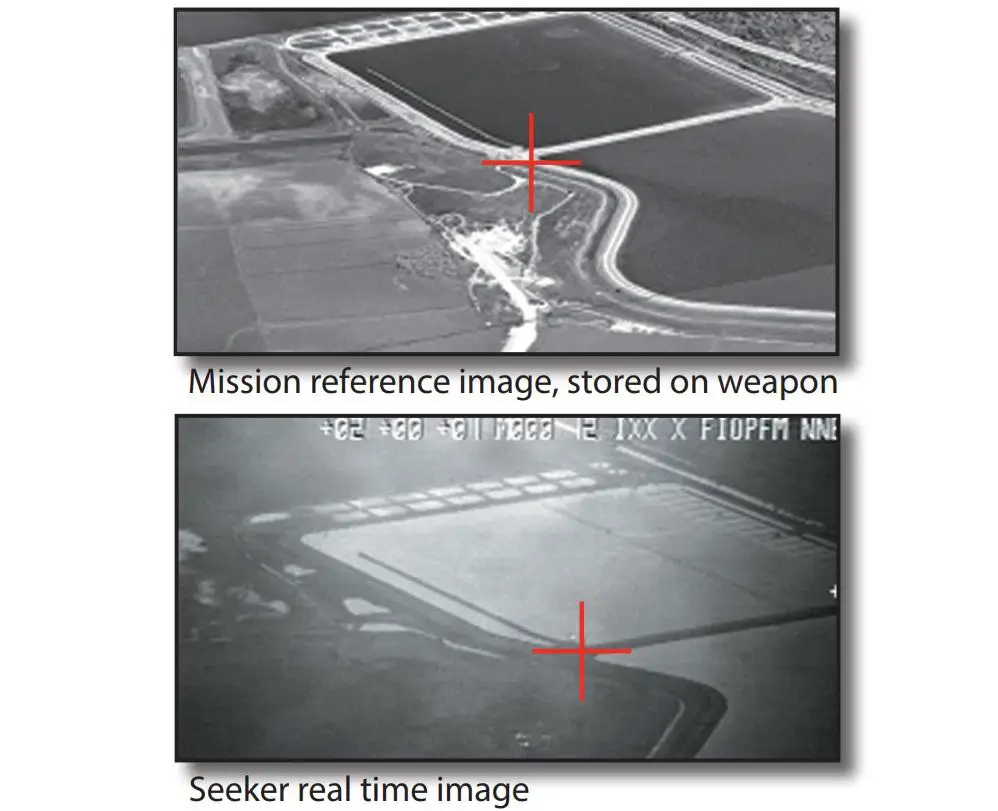
The Hebrew name for the new system “Electro-optical Precision Integration Kit (EPIK)” translates to “Sharp Flame.” The IDF has not yet decided whether to purchase the system which is based on electro-optics as a more secure and precise alternative to GPS, which can be fooled by an array of jamming systems that are capable of diverting a missile from its target. The product will be offered initially to eastern European countries using unguided rocket systems. Later, Rafael will develop a relatively small and complete Grad 122mm rocket array, which will include the precise warheads for sale to western armies. Precision-guided rockets can cost hundreds of thousands of dollars while a simple rocket outfitted with Rafael’s kit only costs about $2,000.



